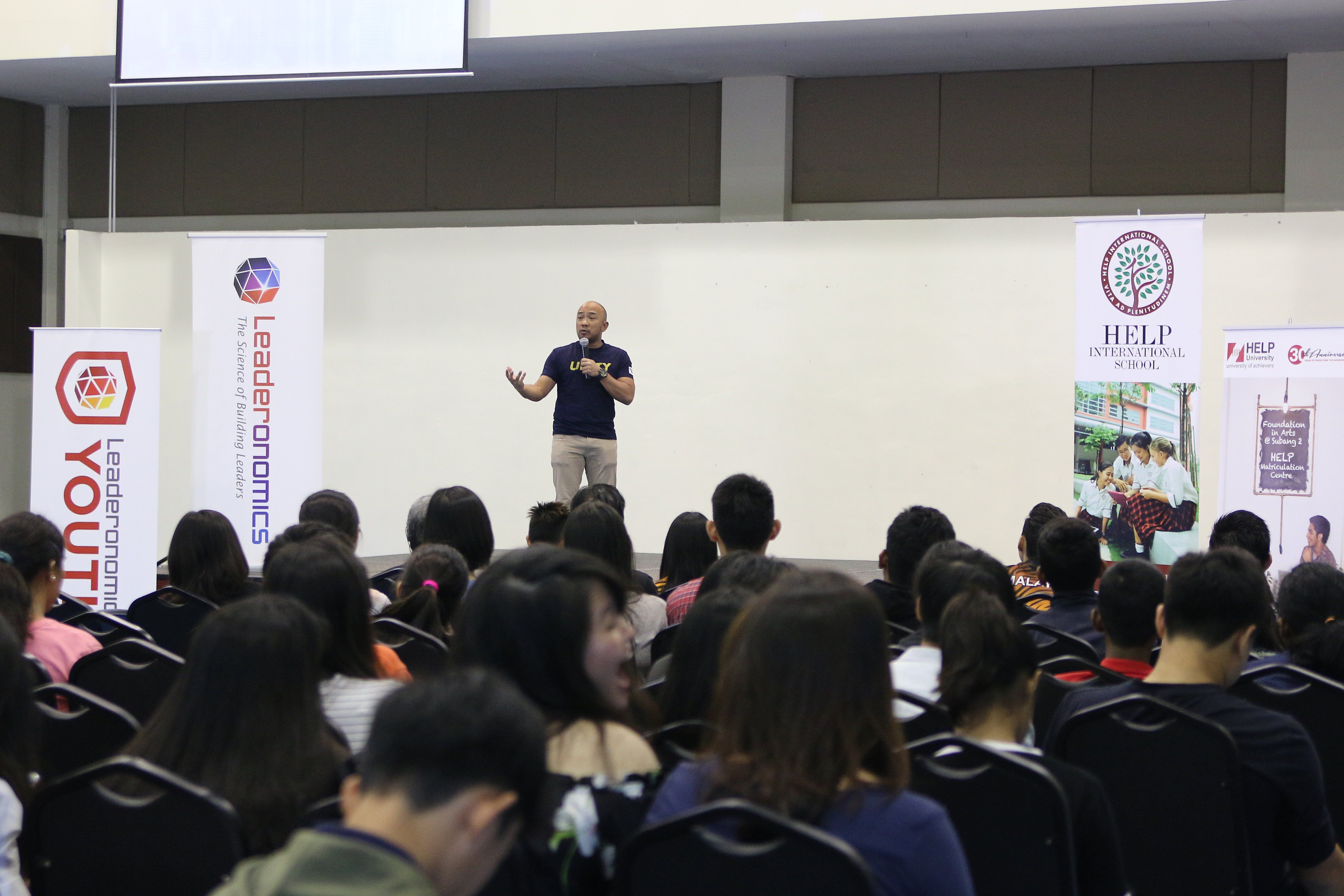Leadership Lessons From the Brothers Grimm

Whether it’s kissing frogs, slaying dragons, or battling wits with the wicked witch, fairy tales hold salient leadership lessons for today’s executives. Fairy tales help children to answer basic existential questions, like who am I, what is the good life, where do I belong? Through fairy tales, they learn to navigate reality and survive in a world full of ambiguities and dangers.
Executives, with their seeming mastery of the world, may be an unlikely audience for such fantasy. But the universal truth is, everyone likes a story. And fairy tales, with their immediately recognisable dramatics, characters, and fundamental moral truths provide universal insights into human behaviour, illustrating the dangers of leadership and various ways in which executives can derail.
On a deeper level, fairy tales can touch on humankind’s deepest fears and desires and be a source of inspiration. By identifying with characters in fairy tales, executives can come to better understand their own internal struggles and turn into more self-aware leaders.
Read More: What it Takes to Work for Elon Musk
The fairy tale in the leader’s journey
Spiritual growth is at the heart of every fairy tale: as the protagonists leave their (happy or troubled) home to face and eventually triumph over difficult challenges, they are expected to develop their highest potential. Leaders face similar dilemmas and in many ways can be viewed as the heroes and heroines of contemporary fairy tales, given the fantasies we tend to project onto people in positions of power and authority. The roles of king, queen, prince, princess, and others can become avatars for the challenges they face. There are also similarities between events in the world of fairy tales and what happens in organisational life (quests, challenges, glittering prizes, succession issues, battles to be fought).
Many life lessons provided in fairy tales illustrate the major “dangers” of leadership. One of the most famous is Hans Christian Andersen’s tale of The Emperor’s New Clothes. The Emperor is like many leaders we encounter. They can be intimidating, even frightening, but when we study them more carefully, we realise their power and authority have no substance. In another example, the Wicked Queen in Snow White is an aging leader struggling with generational envy, unable to let go.
Read this way, fairy tales are maps of success and failure—how to live as safely and happily as possible and how to avoid making fatal mistakes when making decisions. They are a medium to decipher the conundrums faced by leaders and can give us a rich opportunity to explore potentially conflict-ridden issues. In fact, these stories can have a much greater impact than the content of many, often somniferous, conventional books on leadership, having the power to delight or touch us and teach us universal truths.
The five deadly dangers of leadership
Fairy tales are written in such a way to make executives aware of the dangers they will encounter on their various quests and the fundamental issues they will confront associated with the leadership mystique. In my book Telling Fairy Tales in the Boardroom: How to Make Sure Your Organisation Lives Happily Ever After I have summarised these into five “deadly dangers”:
- The first danger, one many leaders are prone to, is a lack of self-knowledge. Why do some leaders succeed and others derail? What differentiates effective and ineffective leaders? Why do bad things happen?
- The second is hubris. Many leaders become too arrogant and lose touch with reality. Why do so many leaders self-destruct in this way?
- The third danger is a leader’s inability to get the best out of people. Ineffective leaders fail to stretch the people who work for them. They don’t know how to make people better than who they think they can be.
- Linked to this danger is the fourth and greater danger, a leader’s inability to create well-functioning teams. Effective leaders are aware of and accept their personal limitations and surround themselves with people who have the strengths they lack, creating executive role constellations of people with complementary characteristics.
- The fifth danger is the creation of an organisational gulag. What is it that prevents leaders from building great places to work? And why are there so many workplaces that stifle people?
Finding the knight in shining armour within
Presenting the dilemmas of leadership in the form of fairy tales can be a very powerful catalyst to help leaders change—because, as we have seen, fairy tales always have human transformation at their core. The use of fairy tales also shows that developing leadership capabilities is about much more than learning the latest management theories. A leader does not just need the right tools. To be effective leaders, they need to recognise their own unique capabilities and passions.
The model of the hero or heroine, who struggles and eventually succeeds by taking resolute action, may stimulate emerging leaders to do the same. Although fairy tales take us into imaginary realms, peopled with talking animals and monstrous beings, I think readers will recognise the connection with the real world throughout their telling.
In life, what really matters is that we have the chance to be what we are, and to become what we are capable of becoming. One of the greatest human fears is that at the end of our life we might discover that we have never really lived. We all have the urge to live fully, to do something significant, and to make a difference.
Must Read: How to Inspire Your Followers
Happily ever after
The messages contained in fairy tales can be seen as warnings of what can go wrong for people in a leadership position. However, they are also intended to inspire hope and the belief that something better can be achieved. With this in mind, reading fairy tales with open ears and heart may help leaders understand what they can do better.
Fascinated with what it takes to have great leadership skills? Check out the Leaderonomics Show below featuring Sridharan Nair, Managing Partner of PwC Malaysia to learn from his journey!
Do you desire to accelerate your growth? Look no further. Necole is a state of the art learning platform that curates personalised learning just for you. To find out more about Necole, click here or email info@leaderonomics.com.

Leadership
Tags: Be A Leader
Manfred F. R. Kets de Vries is the Distinguished Clinical Professor of Leadership Development & Organisational Change at INSEAD and the Raoul de Vitry d'Avaucourt Chaired Professor of Leadership Development, Emeritus.




